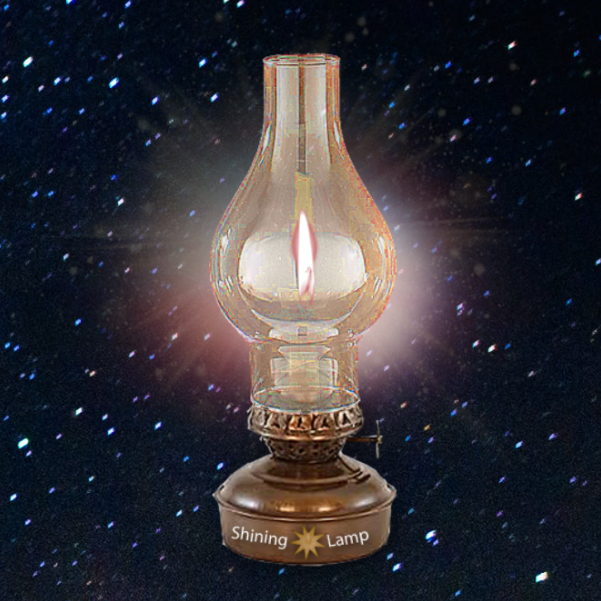Striving to remove barriers that prevent us from building Vibrant, Diverse, Inclusive, Accessible Communities!
![]()
Our view of people with disabilities varies depending on factors such as our interactions with them and societal conditioning. TV shows and movies often portray people with disabilities as objects of pity or inspiration, which objectifies them and is a form of ableism. People with disabilities are underrepresented in advertising, which reinforces the belief that those without disabilities are superior.
Neither of these is a fair or accurate view of people with disabilities. Sadly, the consequence is that many people have views of people with disabilities based on mis-information reinforced through conditioning regularly. To make matters even worse, there is another way of thinking that is unfortunately still prevalent in society which is what is known as the "Medical Model of Disability"
The Medical Model of disability
The Medical Model of disability has been widely criticized for its narrow focus on individual impairments and its failure to consider the broader social and environmental factors that contribute to disability. According to this model, disability is viewed as a medical problem or a defect within the individual that must be fixed or corrected in order to have any quality of life. The problems are all seen as being tied to the individual and their condition, and the responsibility for addressing them is placed solely on the person with the disability.
However, this model overlooks the fact that many physical conditions cannot be fixed or corrected, and it fails to address the social and environmental barriers that can make life more difficult for people with disabilities. For example, inaccessible buildings and transportation systems can prevent people with mobility impairments from fully participating in society, while negative attitudes and stereotypes can limit their opportunities and experiences.
When disability is viewed solely as an individual medical problem, the only solution that remains is pity and charity. People with disabilities are often seen as objects of sympathy or as individuals who need help from others in order to function in society. This can lead to a patronizing and disempowering view of people with disabilities, which reinforces the idea that they are somehow less capable or deserving than those without disabilities.
The Social Model of Disability
The Social Model of disability takes a different approach to understanding disability than the Medical Model. It recognizes that disability is not solely caused by an individual's impairments or medical conditions, but is also shaped by the social and environmental barriers that exist within our communities and society.
For example, if a person using a wheelchair cannot enter a building, the problem is not their disability, but the physical barriers that prevent them from accessing the building. In the Social Model, these barriers are identified as the problems that need to be fixed instead of focusing on the individual's disability. This approach shifts the responsibility for solving the problem from the individual to the society as a whole.
Similarly, if a Blind person cannot fill out forms at a doctor's office, the problem is not their Blindness or Low Vision, but the fact that the forms are not accessible. In the Social Model, the solution would be to make the forms accessible, such as providing them online and following international accessibility standards like the Web Content Accessibility Guidelines (WCAG). This approach allows the Blind person to access and fill out the forms independently and privately, without relying on others.
By shifting the focus from the individual's disability to the social and environmental barriers that exist, the Social Model empowers people with disabilities and promotes inclusion and equality. It recognizes that disability is not a personal tragedy or a medical problem, but a social construct that can be addressed through social and environmental change.
To achieve justice and equality, we must embrace the concept of "Unity in Diversity" and adopt the Social Model of Disability. This means removing barriers that exclude people with disabilities and creating diverse, vibrant, and inclusive communities. Let's work together to build a world where People with Disabilities are valued and have equal access to opportunities, programs, services and materials.
Share or Print with:


